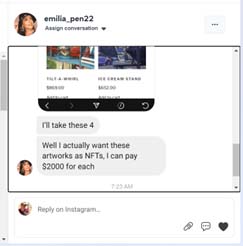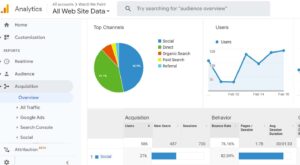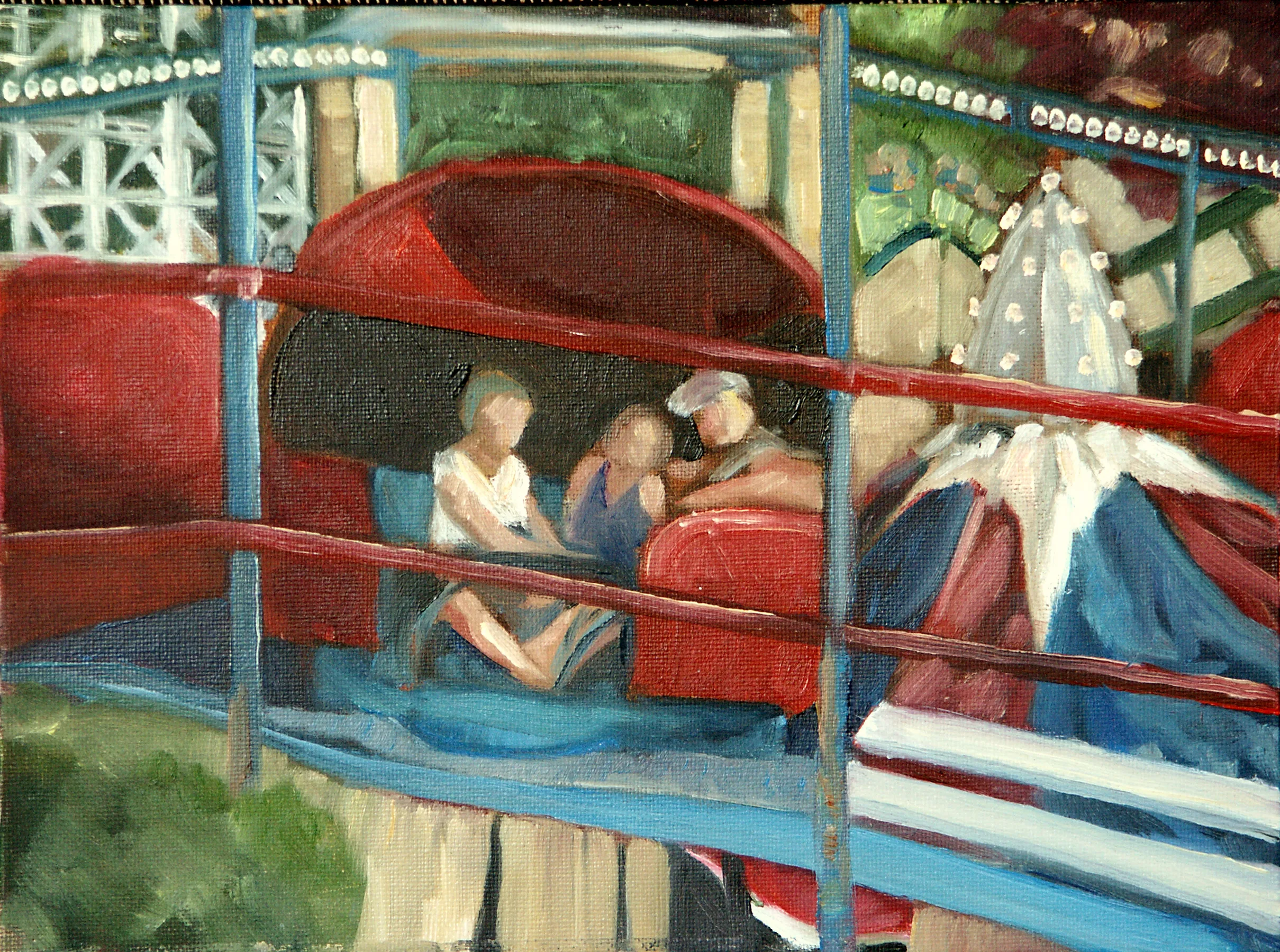In the old days, you worked with a gallerist who scheduled regular openings of your work. You spent up to a year prepping for a show, spent a small fortune on frames, and then shipped or trundled them to the place. On that night, you put on your uncomfortable glad rags and put on makeup or shaved (because in those days, those were mutually-exclusive). You braced yourself for an evening eating canapes and maintaining your sobriety in the face of nail-biting nerves and plentiful, terrible wine. A smart artist turned out for his peers’ shows, too, so even the most anti-social of us might be out a few evenings a month, pressing the flesh and fervently longing for home.
Then, despite your effort and prayers, you sold one, or two, or three works. “The market is down.” “Construction on Main Street is killing us.” “We didn’t get the press we’d expected.” “There’s another opening down the street.” Then COVID came along and we forgot how to do anything in person.

Tell me, you really think social media is so onerous?
The overall art market is expected to contract slightly in 2023. As the economy drifts, so do art sales. NFTs are negligible, even moribund, until cryptocurrencies figure themselves out. Meanwhile, the online art market continues to expand. It had a sharp bump at the start of COVID, and has grown steadily since. This year it’s expected to reach nearly $6.5 billion US.
It does not come without its hassles, however. “I actually observed my wife has been viewing your website on my laptop,” starts one well-known scam.

Then there are the bots on Instagram, which are my own bête noire. I can almost tolerate the flurry that automatically post in response to my posts, but the ones that send me porn really irritate me. They’re so bad that I’ve let my Instagram feed become almost moribund, even though it’s an excellent tool for selling paintings.
To succeed in selling on the internet, however, you’ll need two things. The first is time, and the second is some familiarity with analytics. Google Analytics, when properly set up, will tell you who is visiting your site, what they look at, where they came from, and how long they stay. (It is migrating to GA4 by July, however, so read up before you sign up.)
Give some thought to how your potential customers are going to pay you. I use Square and I like it very much, but the fees with all online payment systems are almost all the same, so choose the one you’re most familiar with. I only accept checks from people I know, thanks to the aforementioned scammers.

“But I don’t want to do all that,” you say, and it’s true-it will leave you little time for actual painting. Consider a turnkey operation like Art Storefronts, Fine Art America or FASO. But do something; not having a working website in 2023 is like not having business cards was, back in the millenium.
Lastly, don’t rule out bricks-and-mortar galleries entirely. The best-run ones support your online sales. I have my own, of course, and I’m going back into a cooperative gallery this season, the Port Clyde Art Gallery. Susan Lewis Baines is a skilled and smart gallerist, so her involvement was an unqualified recommendation.
I have two seats left in my next online class, Big Shapes and Bravura Brushwork. It is on Monday nights, 6-9 PM ET, and the dates are February 27; March 6 and 13; April 3, 10, and 17. If you’re interested, email me and I’ll give you a link to register. (My classes have so much demand that I can’t have an open link to register, or it’s a free-for-all.)
Reserve your spot now for a workshop in 2025:
- Advanced Plein Air Painting, Rockport, ME, July 7-11, 2025.
- Sea and Sky at Acadia National Park, August 3-8, 2025.
- Find Your Authentic Voice in Plein Air, Berkshires, MA, August 11-15, 2025.
- Immersive In-Person Fall Workshop, Rockport, ME, October 6-10, 2025.


